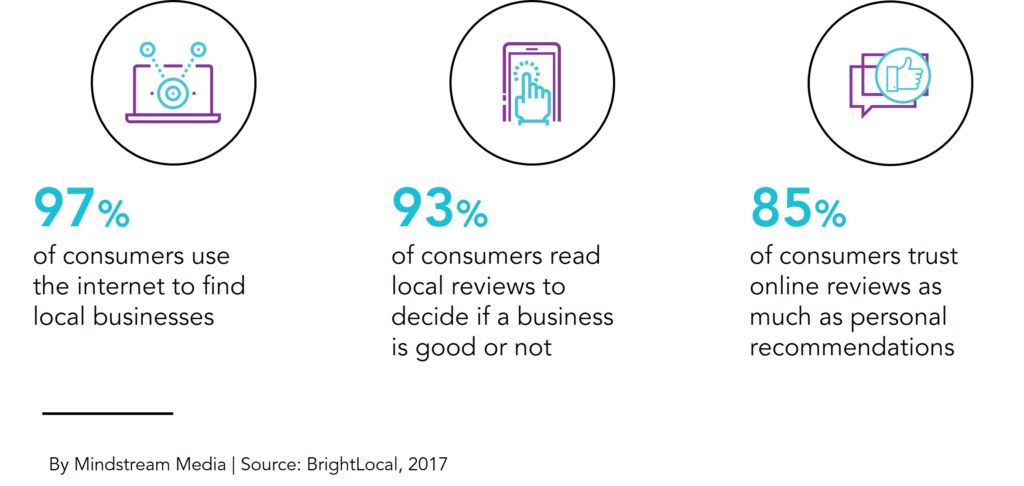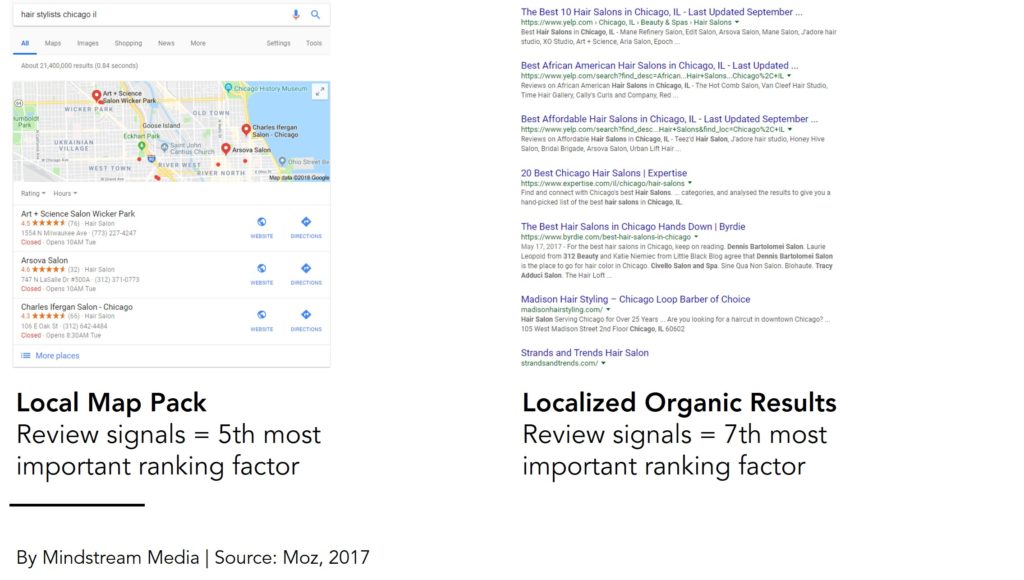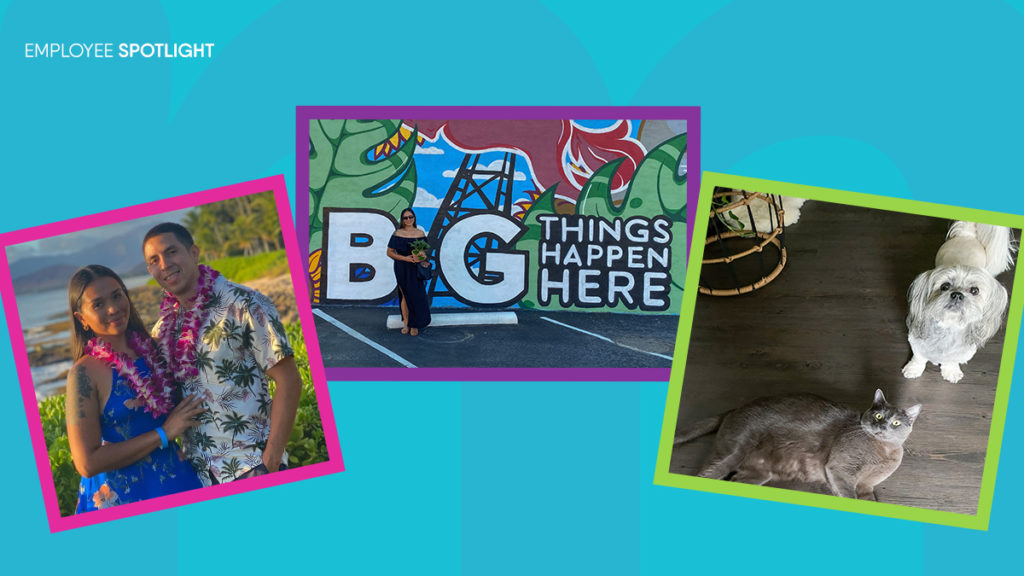How to Manage Online Reviews at the Local Level (and Why You Need to)
This is the fourth post in our Local Social Media series – a comprehensive look at how multi-location and franchise brands can improve their local social media presence. This post will cover why customer reviews are so important and what multi-location brands need to do to manage online reviews at the local level.
Online reviews play an increasingly significant role in how consumers judge brands and evaluate purchase decisions. For multi-location and franchise brands, reviews are even more crucial to your reputation since they’re typically coming from members of your community.
The impact of reviews on local consumers
Before making important buying decisions, local consumers turn to the internet to scan reviews on products, services and businesses. And, consumers put a lot of faith in those reviews. In fact, 85 percent of consumers trust online reviews as much as personal recommendations, according to a study from BrightLocal.
Consumers today often tread carefully when making important buying decisions. BrightLocal found that consumers read an average of seven reviews before trusting a business. And, good marks from other customers can be a gamechanger for multi-location brands as 73 percent of local consumers trust local businesses more when the business has positive reviews.
The importance of reviews for local businesses

And, it’s not just consumers that place a lot of value on reviews. Search engines use online reviews as a major determining factor in their local rankings.
Impact of online reviews on local search rankings
For multi-location brands, the online review profile of individual locations plays a significant role in getting found when local consumers search for nearby businesses. Review signals are an important ranking factor in both Local Map Pack results and Localized Organic Search results, according to Moz’s 2017 Local Search Ranking Factors study.

Related – Analysis: 2017 Local Search Ranking Factors
Review signals account for factors like average score, velocity, diversity, depth, relevant terms included, etc. However, the number of reviews for a local business does matter. Moz’s study ranked the quantity of Google reviews with text as the fifth most competitive factor to help local businesses improve their search engine rankings.
Using technology to manage online reviews at the local level
Managing online reviews can be a difficult task for any brand. There’s an array of platforms that support online reviews that you have to monitor, and responding takes some customer service skills. Multi-location brands have to face this challenge at scale, managing reviews across platforms for hundreds or thousands of locations.
Luckily, there are technology solutions available to help you manage online reviews at scale. Leveraging a dashboard allows you to import your brand’s local profiles and monitor reviews across a variety of platforms. And, depending on the technology, you can even respond to some reviews directly from the dashboard.
Here’s an example of how your multi-location brand can leverage technology to manage online reviews using our sample dashboard from previous posts in this series – Rallio.
Note: Rallio is a technology partner of Mindstream Media Group.
Monitoring reviews
Through the dashboard, you’ll be able to monitor customer engagement across locations and provide local owners and managers access to see reviews for their location(s). You’ll then be able to filter reviews by platform, locations/regions, star rating, etc.

Replying to reviews
It’s important to let your existing and potential customers know you care by responding to reviews. According to BrightLocal, roughly 30 percent of consumers say responding to reviews is a key factor when judging local businesses. Using a centralized dashboard will allow you to:
- Respond to customer engagement across social platforms.
- Communicate internally on the best way to respond to reviews.
- Mark reviews closed after you’ve responded.
Best practices for responding to online reviews
There’s no one way to handle responding to reviews. The right response will depend on your brand messaging, the sentiment of the review, the intensity of the review, etc. Here are some basic best practices to help you get started:
Respond to every review
Negative feedback can feel like a punch to the gut, and it’s natural to be a little upset in these situations. That’s why it’s critical that you make sure your locations understand the appropriate way to respond. Provide them templates to help guide their responses and let them know how important it is to establish a genuine relationship with customers who were disappointed with their experience.
Also, make sure your locations respond to feedback quickly. The goal should be to respond within 48 hours of the customer leaving the review.
Offer a sincere thank you on positive reviews
Just because a review doesn’t require a follow up from your locations, doesn’t mean you shouldn’t respond. Positive reviews are an opportunity for your locations to let their customers know they appreciate the kind words.
“When contacting a positive reviewer, your purpose should be simply to deliver a human thank you and let them know you care. That’s it. No gift certificates. No mailing lists. No event invites. No reactions to the minor complaint in their review. No requests for them to tell more friends about your business,” according to Yelp.
Respond to reviews publicly
Rather than sending reviewers a private message, respond to reviews publicly. This way, not only does the reviewer know your locations are engaged and care about their customers, everyone else who sees it will know as well.
The most important thing when managing online reviews is to let your customers and local audiences know that you care and are committed to providing exceptional service.
See next: How to use Facebook boosted posts to increase local social media engagement
Need help managing your local reviews? Contact Mindstream Media Group to learn how our local social media services can help you monitor and respond to reviews across platforms.
More from Mindstream Media Group

Meet the Mindstreamer – Chandler Swanner
Chandler Swanner’s interest in advertising dates back to her childhood. Her mother (and role model in life) was a Media […]

Third-Party Cookie Phase-Out: What Marketers Need to Know
Cookies are an essential part of internet usage, allowing websites to remember you and provide a more personalized experience. This […]

Meet the Mindstreamer – Kaya Bucarile
She plans and oversees media strategy for agency clients, working closely with project and platform managers to ensure that we […]
